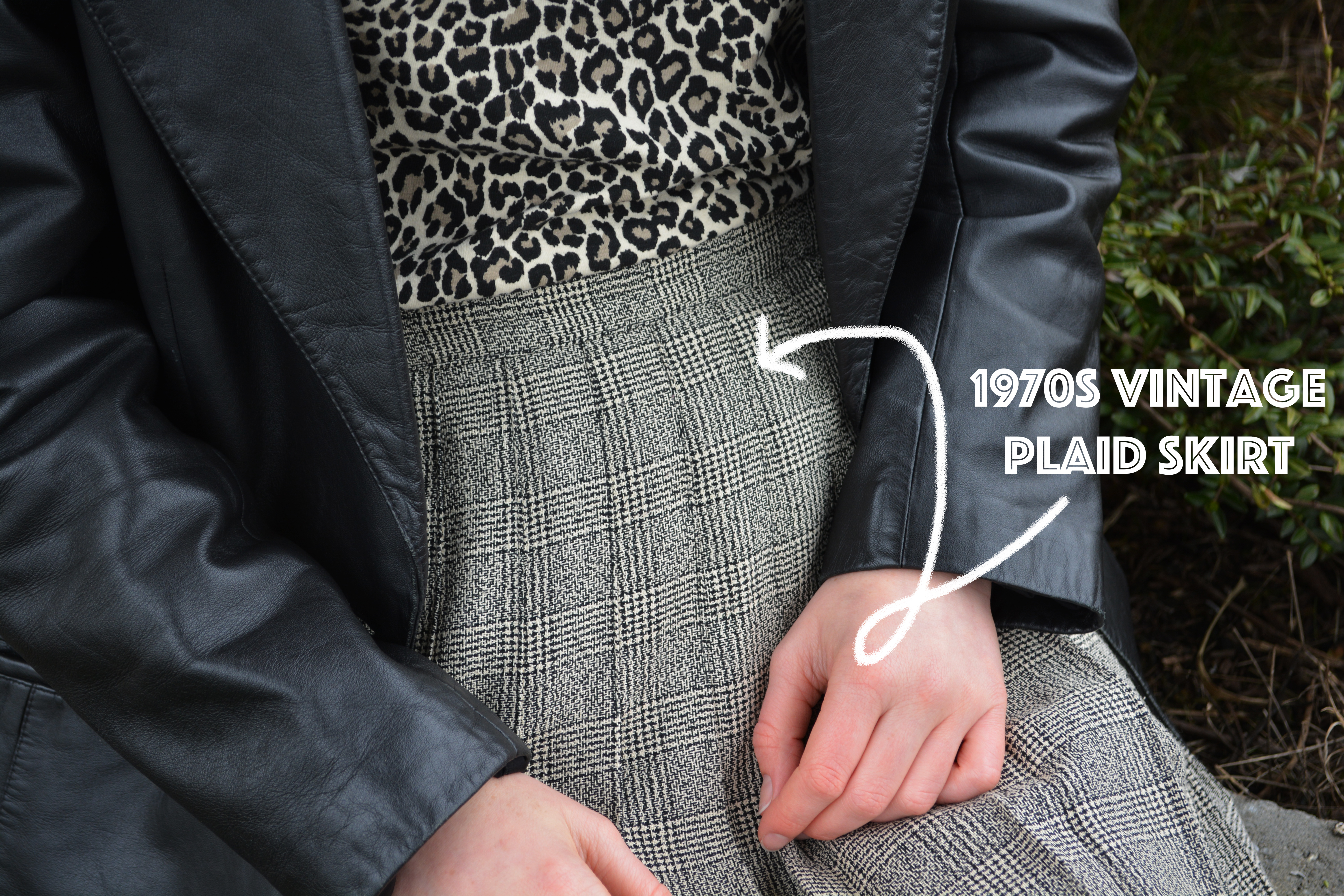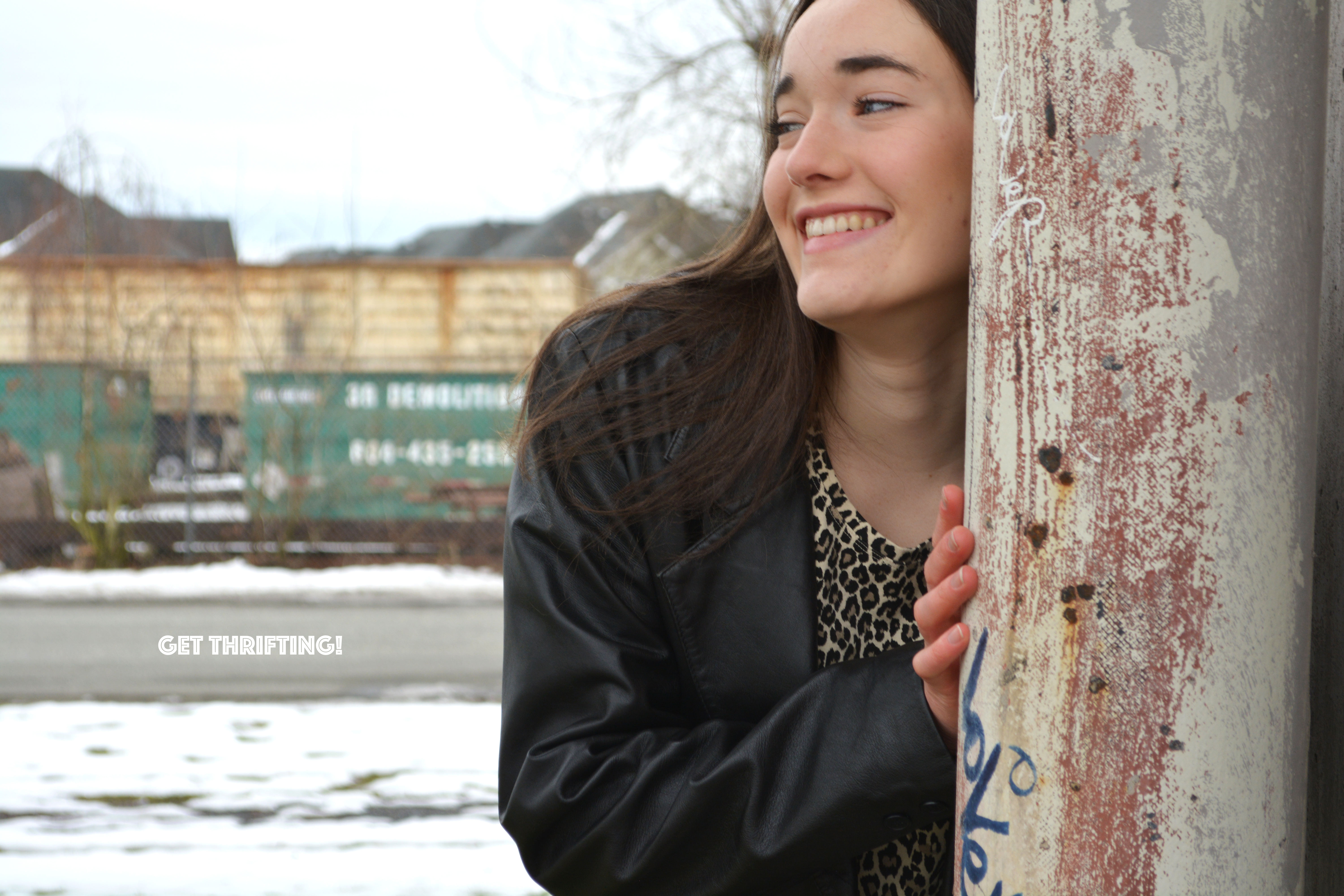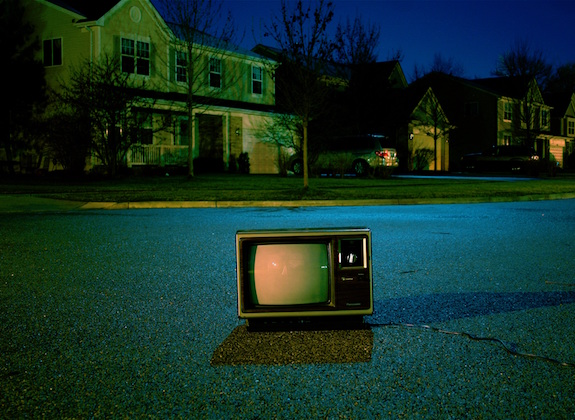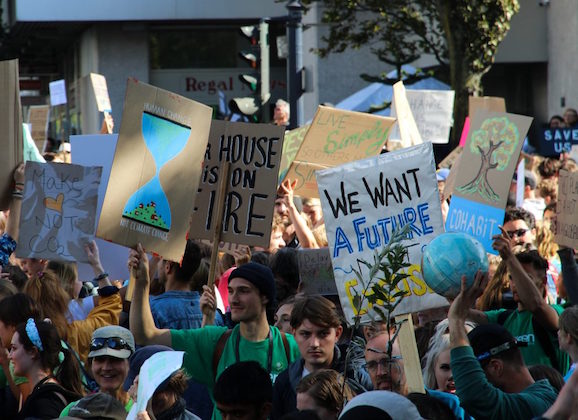Little changes, big impacts: Thrifting as a component of living sustainably
As a Geography Major, I’ve come to learn that sustainability isn’t just about the environment. Little changes in our social behaviours cause ripple effects that positively impact the environment. And as a Professional Communication Minor, I’ve become passionate about communicating how these simple things can help reduce our carbon and environmental footprints. One thing in particular that I’ve become interested about in the past year is sustainable fashion.
Saying NO! to fast fashion
Last year in a class (Geography 450: Sustainable Cities), I began to think more critically about what living sustainably actually means. Deeper than the obvious environmental components like recycling plastics and avoiding single-use plastic bags and straws, I began to think more about social behaviours and how they impact our individual environmental sustainability.
As I thought about this more and more, I began to think of ways I could change my social habits to reduce my environmental impact. Throughout my life, I’ve been known as the “shopaholic” of my family—buying multiple clothing items each month to stay on top of trends. I realized this was a huge hole in my attempt to be sustainable, as “fast fashion” is incredibly non-environmentally friendly.
“Fast fashion” is like the clothing version of single-use plastics: trends come in and out; within two weeks of a designer coming out with a piece, it’s mimicked by brands like Forever 21 and H&M (brands that often use unethical sweatshops to produce items) and as the next hot thing comes out, these old pieces are thrown away and replaced with the new trend.
Each year, the average Canadian throws out 81 pounds of textiles and buys 70 new articles of clothing. Thrifting is a small lifestyle change that can make a big difference, lengthening the life of a clothing item and keeping it out of a landfill.
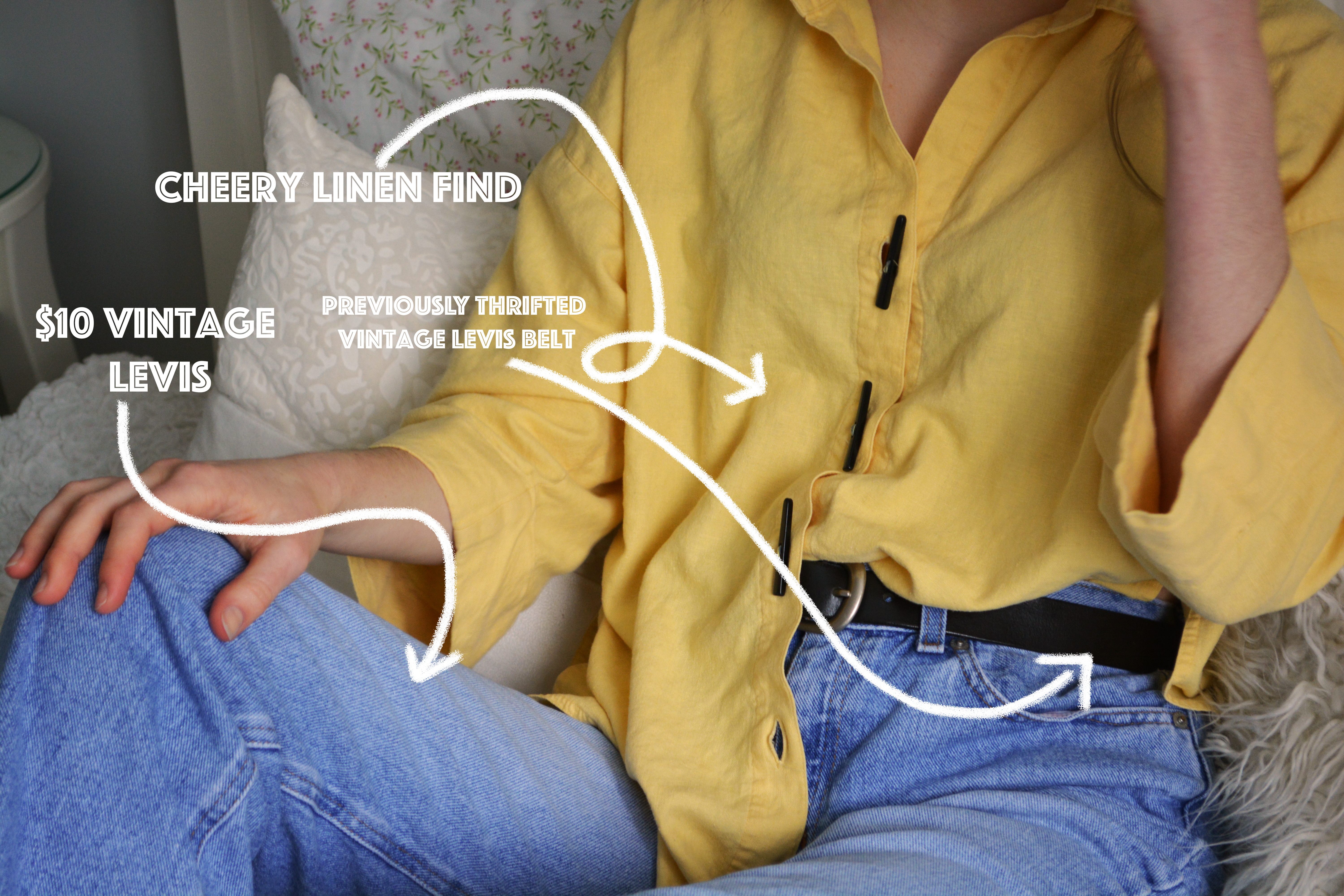
This linen top and vintage Levis were saved from the landfill and donated to thrift store WIN, now loved by a new owner.
So, to show just how great thrifting can be, I visited a thrift store, purchased two outfits, and styled my model to show you it’s not just out-of-season items at thrift stores—you can find some amazingly high-quality vintage items for under $10 still on-trend today.
So, why should you thrift?
Other than the aforementioned positive environmental impacts, thrifting holds a lot of unseen benefits.
1. It’s kind to your bank account
Thrifting is easy on your bank account. So many times, I’ve scored amazing items for super cheap prices. This particular trip, I purchased six items for $55. Now I call that a deal!
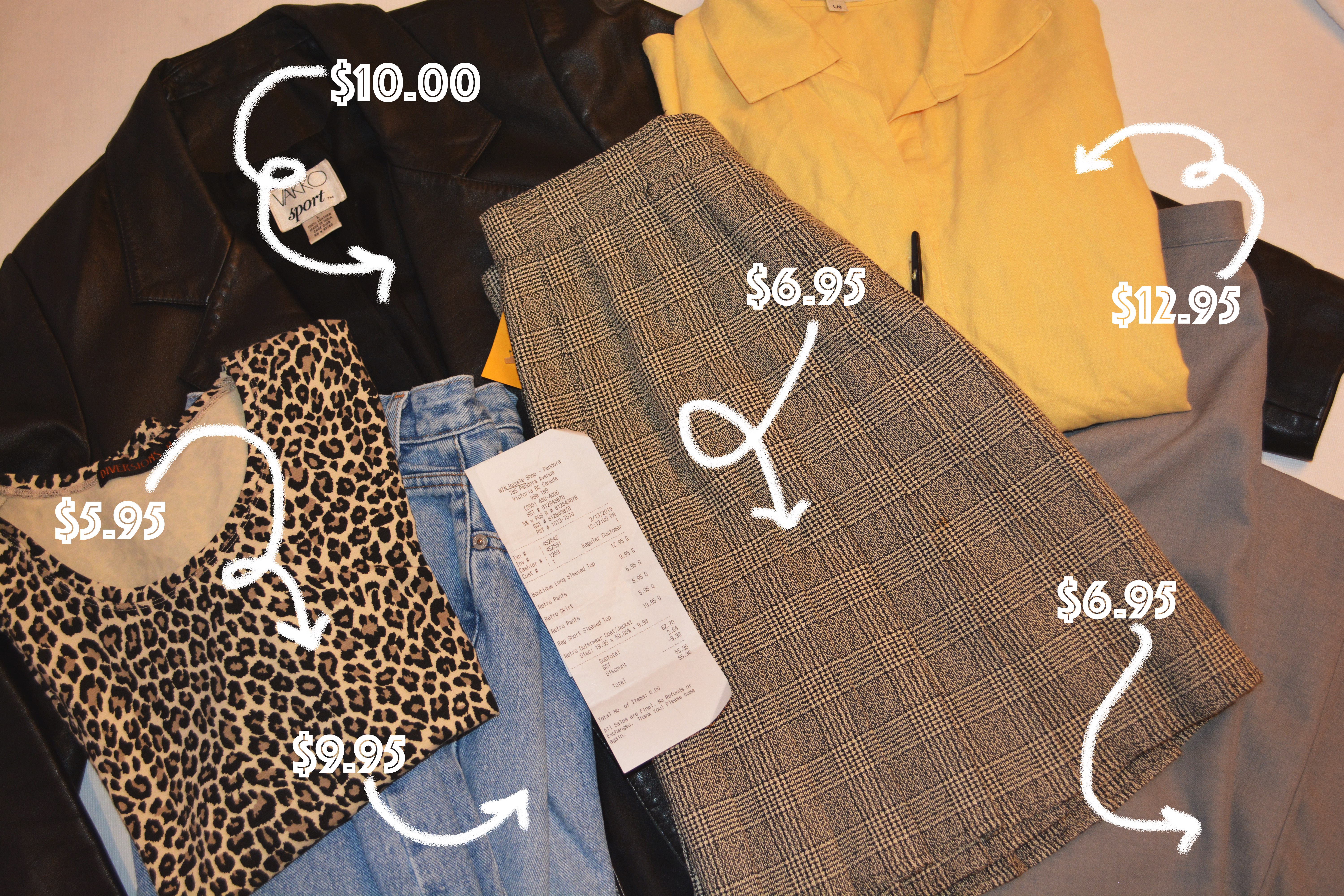
Easy on your bank account, thrifting lets you be both financially and environmentally conscious, which is great, as often with other things, the more environmentally conscious choice is not the cheaper choice.
2. You can still keep up with the trends
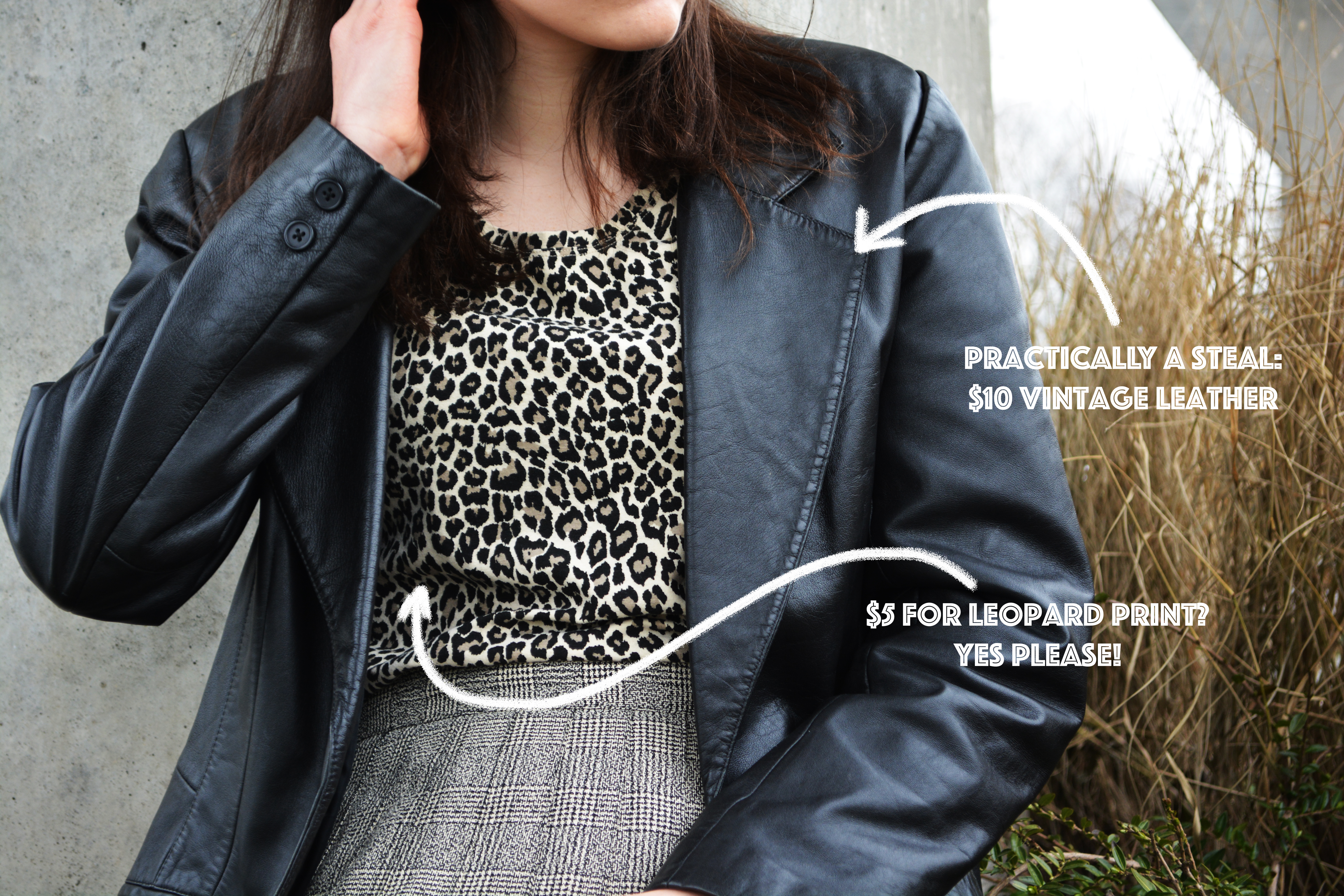
90s leather jackets, leopard print, and plaid skirts from the 70s: all on trend, all at the thrift store.
It’s great for keeping up with trends—even though the clothes are old. Thrifting allows clothes to be recycled as the trends change, and often, more and more, current fashion trends mimic those of the 1970s, 80s, and 90s—and where do you find these items? The thrift store!
3. Help stimulate your local economy
Many thrift stores in Victoria are local businesses, meaning when you shop here, you stimulate the local economy instead of giving your money to big international corporate chains.
4. You can support a good cause
Thrift stores can often support social causes, so by purchasing from thrift stores, you can often not only be environmentally conscious, but support social justice initiatives as well. Look into some of the local thrift stores in Victoria and see what values their organizations stand behind. I bought my clothing from WIN, a thrift store run by local Victoria non-profit Women in Need (WIN) which provides a lot of great initiatives to help women in need. Check out this great post on The Martlet, UVic’s student newspaper, to find out more about them!
Your turn!
So, next time you shop, I challenge you to go out to a thrift store and buy yourself an outfit for $30 or less—you most definitely can. Try to reduce the amount of brand new items you buy. Making this one small change that creates a ripple effect and reduces your environmental footprint. Thrifting is good for your fashion sense, great for your bank account, and even better for the environment. Thrift away!
Thank you to MyUVic Life for making this post possible!

